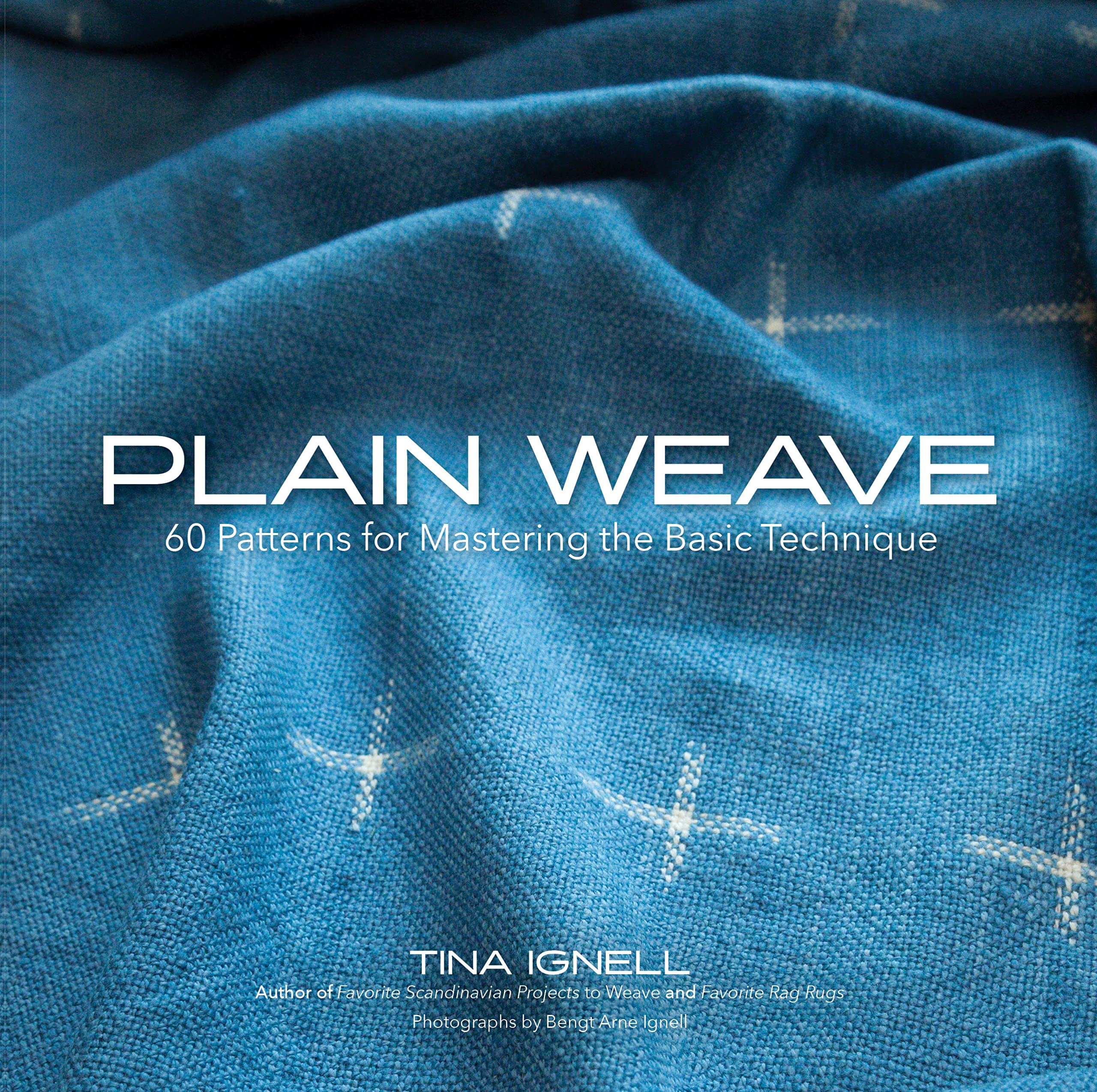

Plain Weave: 60 Patterns for Mastering the Basic Technique
P**R
Lots of ideas!
Our weaving guild study group is focusing on plain weave this year. There are lots of good ideas in this book for ways to weave plain weave that doesn’t look plain!
J**Y
Inspiring
I was excited to see another Tina Ingell book and this did not disappoint. What you can do with plain weave! This is wonderful, and lives up to her other books.
B**A
For very experienced weavers only
Truly wanting this book to be wonderful, I was plainly disappointed. How can a book about plain weave be written as this one is only for experienced weavers? To begin there is no Table of Contents at the beginning of the book. I only found it at the BACK of the book randomly flipping pages. And while the table of contents is at the back of the book, there is no index. While the font is about a size 14 it is a very fine font spread over a wide page and difficult to read.Indeed the full page, full size photos of each of the weaves are lovely. You can really see the structure of the weave. But do not look to this book hoping to find full patterns for projects. What you get is inspiration for cloth — it’s up to you to plan the project. For example the “pattern” for each weave gives the specs for the warp and weft yarns, there are cursory notes for some special techniques, the weft sett is given. That is pretty much where the usefulness of the pattern ends. This is a typical specification for the reed: “20/in / 80/10, 1 end in heddle and 2 ends in dent = 16 end per 3/8 in / 1 cm”. I have no idea how to decipher this. There is no explanation of what is meant by heddle vs dent. I’ve never seen a loom that uses heddles and dents together. I suspect she simply means dent for both but it sure left me wondering what kind of a loom she was using. In her introduction the author states “Many of the weavings in this book can be woven on only two shafts, but we’ve usually threaded them on four shafts to separate the warp ends.” I don’t know what that means either. The ONLY dimension for any of these weaves is sometimes the width in the reed. There are NO specifications of yardage needed for warp or weft and NO specification of the length of warp to wind. One of the weaves offers this note for working with linen: “Wind the linen weft yarn the day before weaving and place it in a damp hand towel.” Wouldn’t you want something more than that? The table of contents lists some of the weaves as for a blanket, curtain, shawl or towels but when you turn to those pages there is not even a hint of how much yardage you need nor even a hint of the dimensions of the final product. As I said, beautiful photographs, non-existent project patterns, NOT for any but the most experienced weavers. I really wanted to be inspired by this book but it is useless to me and is going back.
A**R
Great book, esp if you have neck pain 🙄
I ordered this book from Amazon and received an ergonomic neck rest instead. After that, I ordered from another source. This book is a lot like a catalog of swatches achievable through plain weave. It’s a great addition to any weavers library. I found it used via Abe books.
L**D
Love the patterns
I already have one of Tina Ingnell’s booksand it’s wonderful. This book is great - exploring numerous techniques. Be aware the patterns are given in metrics.
R**A
Fodder for Creativity
So many weaving books highlight items using exotic threads and strange patterns—all lovely, but often not exemplifying real life weaving. This book contains real life examples from which real people can derive inspiration.
T**L
Unique examples of what is possible
Proving yet again that there are endless ways to create beautiful textiles in plain weave.
S**Q
Not enough information
I was so excited about the book and then disappointed when it arrived. I am a beginner and I don't believe this is a beginner book. The title is mastering and so I believed it would be considerably more than a pattern book and it is not. There were terms I did not know and the metric conversion is odd. I may revisit the book when I have more experience and can figure things out a little better.
D**.
Great read, even for intermediate weavers
Full of the inspiration I was looking for.
S**N
a must for all weaving libraries
excellent photos to demonstrate some different ways of looking at creating your fabrics.....all in plain weave.